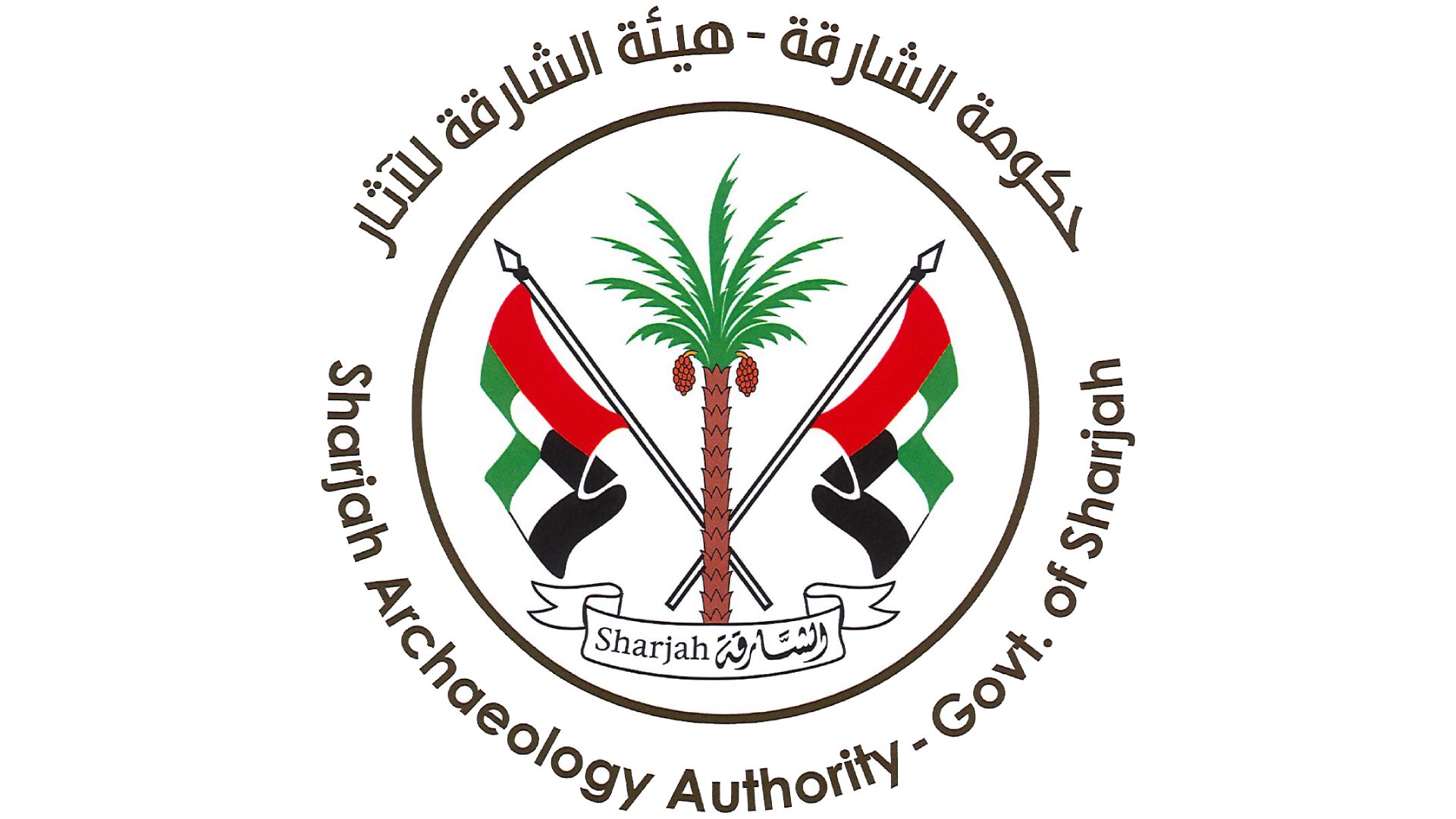Sharjah, 5th November 2020: The Sharjah Archaeology Authority organized a hypothetical lecture entitled “The use of nanotechnology in the treatment and maintenance of antiquities”, in which Dr Manal Maher, a researcher at the Egyptian Center for Nanotechnology and Head of the CT Unit at the Ministry of Antiquities, spoke about the definition of nanoscience, its importance, position and applications in various sciences and fields. Among them is archaeology, especially its importance, and role in the treatment and maintenance of antiquities.
The organization of the lecture came within a series of specialized weekly scientific lectures organized by the authority, within the framework of spreading awareness of the restoration and maintenance of antiquities. The number of attendees exceeded 160 and was made up of those interested in preserving antiquities, both within and outside of the country.
The researcher explained what nanoscale and nanoscience is, and its applications, noting that nanoscale is a very small unit of measurement, the part is a billion, and the nanometer is one per billionth of a meter. Nanotechnology is the study and innovation of new technologies and means whose dimensions are measured in nanometers, (part of one-thousandth of a micrometre, meaning a part of a millionth of a millimetre). She explained that nanoscience or nanotechnology is the study of the properties of molecules and compounds whose scales do not exceed 100 nanometers, or it is the technology that works to study, understand and monitor matter with dimensions ranging between 1 and 100 nanometers. Further discussing the topic, She talked about the various applications of nanostructures, including in the fields of health, energy, industries and food, natural sciences and engineering, and archaeology. The importance of nanotechnology lies in the emergence of a new generation of applied materials with distinct and unique properties, whether on the chemical or physical level.
The role of nanostructures in preserving and maintaining antiquities
In the lecture, the researcher discussed the role of nanoscale and its applications in preserving, treating and maintaining antiquities. She touched on the problems faced by antiquities, the applications of various nanomaterials to treat those problems, and nanometric materials and their uses in the process of strengthening and protecting monuments from environmental pollutants.
She pointed out that nanotechnology is considered one of the latest scientific techniques to solve many problems and difficulties in the protection of antiquities and cultural heritage. Therefore, it is crucial to know the importance, position and value of nanotechnology, to reach a state of popularizing nanotechnology culture and its uses because of its great role in the field of treatment, maintenance and preservation of materials.
Archaeology and various cultural holdings
The vision of the Sharjah Archaeology Authority is for Sharjah to be a pioneer in the field of protecting antiquities, preserving archaeological discoveries and following best practices and standards to protect archaeological sites and historical areas. The Emirate of Sharjah flocks to several foreign archaeological, excretions and exploration missions, under the supervision of the Sharjah Archaeology Authority as there are many important sites, like the Mleiha site, which is one of the most important archaeological sites in the United Arab Emirates.




